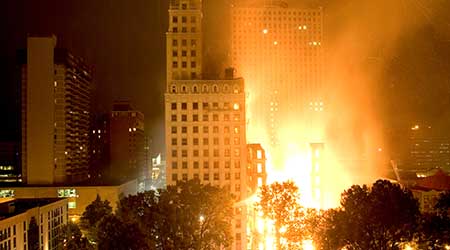
Higher Relative Humidity Impairs Respiratory Virus Transmission
April 2, 2020
Hopes of COVID-19 slowing down in the spring and summer in part hinge on the way higher relative humidity levels boost the body's ability to fend off respiratory viruses. As dryer air is sure to return in the fall, facility managers should be taking a look now at how their facility measures and maintains optimal humidity levels in their space and taking proactive measures where needed to make sure they can hit the mark.
Yale researchers have been able to pinpoint the three ways relative humidity levels between 40 and 60 percent helps to improve resistance to respiratory infection. First of all, the dryer the air the clearer the path is for airborne viral particles, say researchers. Secondly, the function of the cilia, which sweep out viral particles from the lining of the airway, improves with a higher relative humidity. And the immune system response is also boosted with higher humidity.
However, a relative humidity higher than 60 percent does not provide additional protective factor, and it also welcomes other problems, like mold. Importantly, the virus can still transmit just as easily through close contact or by touching an infected surface, regardless of humidity levels, so researchers stress proper hand washing and maintaining physical distance are still the frontline measures to follow.
To the end of refining best practices for the built environment in terms of COVID-19, ASHRAE has established an epidemic task force to address the pandemic, and future epidemics. In addition to addressing the effects of heating, ventilation, and air-conditioning systems on disease transmission, the task force will provide guidance on setting up temporary field hospitals in large municipal facilities such as convention centers.
Naomi Millán is senior editor of Building Operating Management.
Next
Read next on FacilitiesNet












